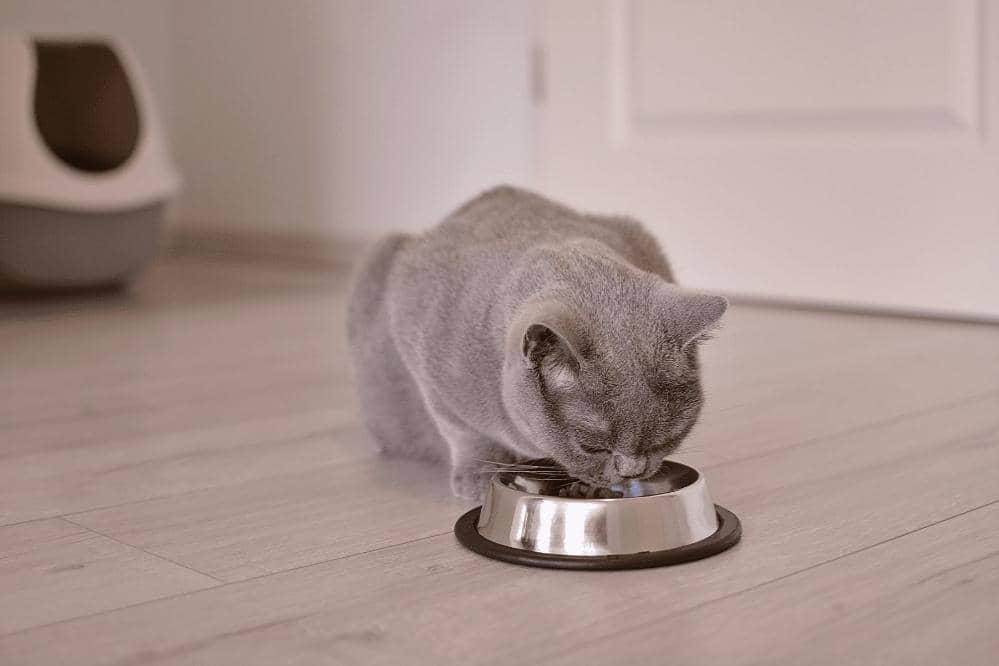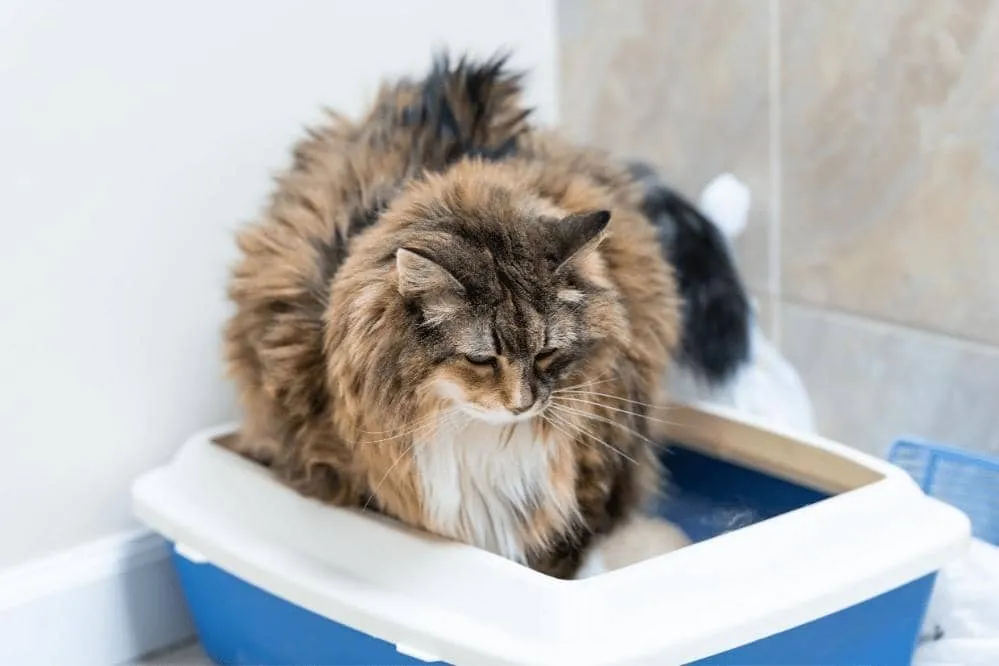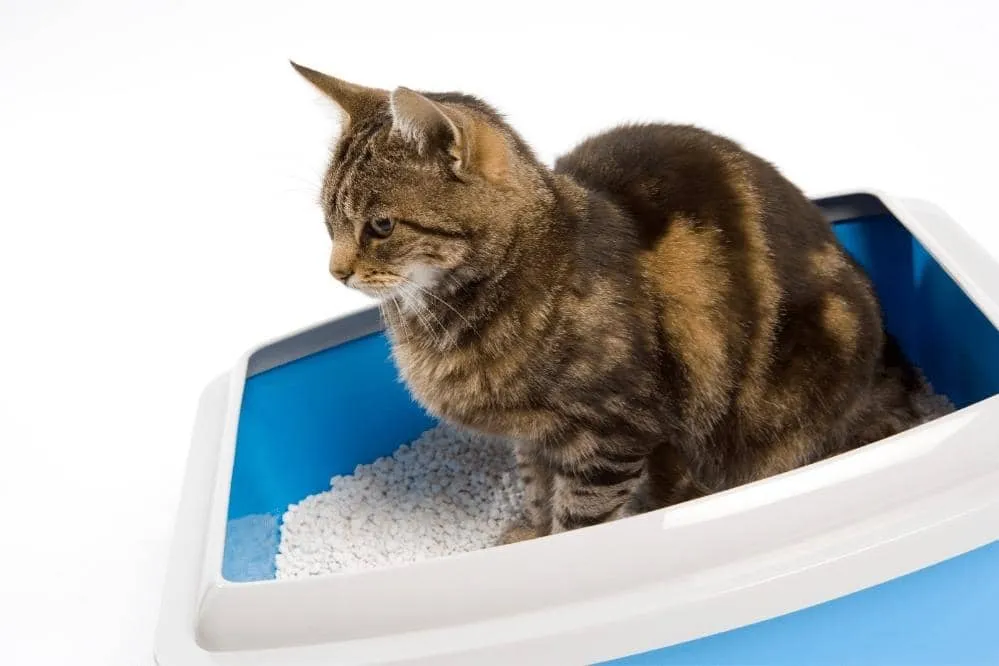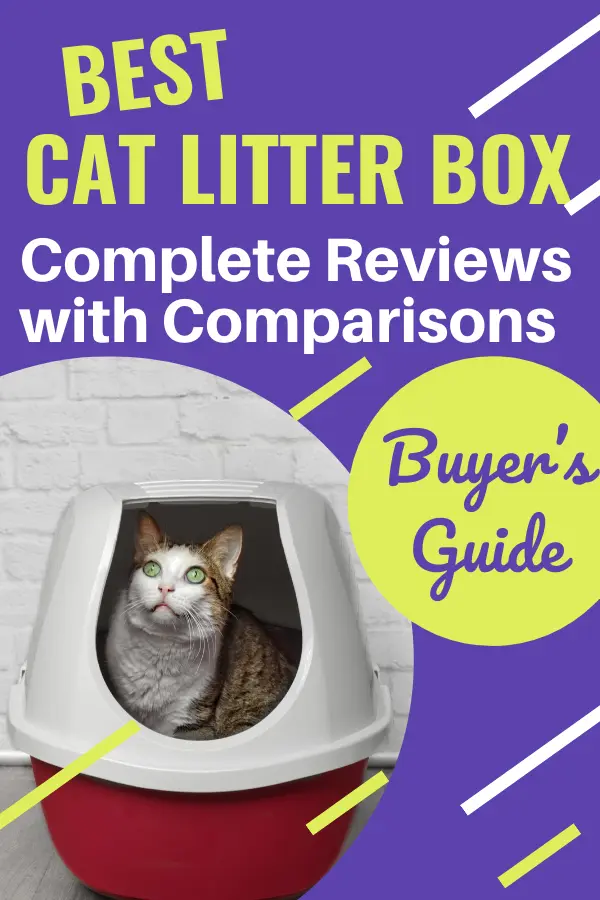How Far Away Should Cat Food Be From the Litter Box?

Cats are originally wild creatures whose territories could span out for miles and miles of land. In fact, this can easily be seen with many feral cats, as they patrol swaths of land that can amount to several square miles. However, when cats become domesticated, their “territory” becomes considerably smaller, which is something that they are going to have to adjust to. Most house cats can easily adjust to this lifestyle but there are still some behaviors and preferences of your cat that stem from this original need to have a broad, expansive territory. A good example of this is that cats commonly do not like to mark their territory where their food is.
In the context of a house cat, the only place a cat can properly mark its territory is going to be its litter box. Because of this, you are going to want to make sure that the cat’s litter box is sufficiently far away from its food and water. The question then becomes a matter of exactly how far away a cat’s food should be from its litter to keep them happy with their environment. Cats are quite the clean creatures so they often prefer to have their water and litter boxes far apart from each other. While this may not always be possible in smaller houses, there are a few ways that you can get this done.
Understanding the Importance of Food Placement for Cats
As cats tend to consider your whole house (or at least the rooms that they are allowed into if you restrict access) their territory, they tend to have strict ideas of where their food, water, bed, and litter boxes should be. Unfortunately, cats can’t really communicate this kind of information to people aside from simply not using their food, bed, or litter box. This only creates more issues and confusion. In order to help your cat settle into your home, you are going to want to do what you can to put the food in the right place in relation to their litter box.
First, you will need to understand where cats traditionally prefer to eat. As cats are both a combination of prey and predator, they prefer to eat in areas where there is not a lot of foot traffic. Too much commotion may make a cat feel too anxious about eating, which is not something that anyone wants to have happen. You should try to choose a room that your cats seem to frequent (as this means they probably like that room) but also a room that is generally quiet.
Additionally, you need to make sure that you keep your cat’s litter box away from the food. In nature, cats will traditionally mark their territory far away from where they typically hunt so predators will not pick up the cat’s scent. While your cat is obviously not going to need to worry about this in the comfort of your home, it is going to confuse your cat immensely to have the litter box and the food too close to each other. This is both for hygienic reasons (nobody wants litter particles in their food!) and to help your cat feel more comfortable about both using the litter box and eating.
So Where Should the Food Bowl Go?
Ideally, the food bowl should be in a part of the house the cat frequents. In a best-case scenario, you should try to keep the litter box and the food bowl on opposite sides of the house so that there is little chance of any problems occurring with the box being too close to the cat’s food. Unfortunately, situations are not always ideal and a best-case scenario is not always possible. In these situations, you should still try to keep the food and litter as far away from each other as possible. There should be at least a few rooms’ distance between the bowl of food and the litter box so that your cat will not feel bothered about the placement of the litter box.
In smaller houses and in some apartments where there may only be one room at most separating the cat’s food from its litter box, there are a few solutions that you can come up with. You can consider obscuring the litter box with one of the many concealers and ideas for having an out-of-sight litter box. These usually obscure the scent of the litter box to some extent, helping to give a little bit more of an illusion that your cat’s litter is farther away than it really is. Likewise, if you have permission from the homeowner, you can also consider putting shelves and keeping your cat’s food on a perch. This helps to put some more distance between the litter box and the cat’s food. It can also move the cat’s food to a less-trafficked area, helping the cat to feel more secure about eating its food.
If you have a larger house, you should try to keep in mind that most cats do not appreciate their food and water being beside each other. While the dual bowl holders are certainly more convenient for people, they come at an inconvenience to your cat. The truth is that cats usually try to hunt away from their water source so as not to contaminate it and so that predators do not find them. If your house is large enough, you may want to try and keep your cat’s food and water separated as well, although if your cat has adapted to having its food and water together, you likely do not have to worry about this as much as keeping the food and litter box apart.




